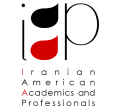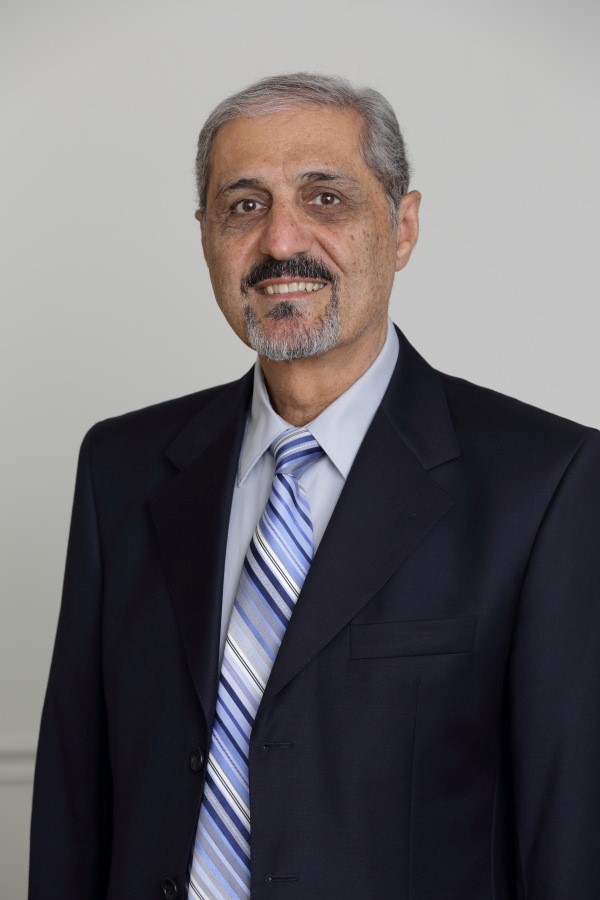Where: Montgomery Community College (Rockville Campus) – Humanity Building (HU), Conference Room 009 (Get Directions, Campus Map )
Language: Farsi

Synopsis:
Information revolution has changed the nature of learning, specially, the higher education. Rapid advances in online learning in the world has sharply increased the global and regional divide.
Virtual education, combined with the Open Learning Resources, have made knowledge available to anyone, anytime and anywhere. Yet, inadequate infrastructures in many parts of the world has caused a great digital gap, hence, higher socio-economic disparities. The new paradigm, at the same time, provides new opportunities for many nations and social groups. An evaluation of virtual learning experiences in Iran during the last decade is an essential step in envisioning a process of taking advantage of this new opportunity.
About the Speaker:
Dr. Alirez Rabi is currently the President of Farabi Institute of Higher Education founded in 2005. He received his PhD in 1977 in City and Regional Planning, University of British Columbia. He also received a graduate degree in Architecture, Urban Studies from Kent State University, 1972. His previous academic positions include:
Faculty, Graduate School of City Planning, Midwest College of Engineering, 1973-74
Faculty, Architecture Department, Tehran University, 1975-79
Assistant Professor, Dean, Vice President, Farabi University, 1977-1980
Associate Professor, Sharif University of Technology, Center for Advanced Information Technology, 2001-2004.
Farabi Institute of Higher Education was founded in 2005 as the first non-profit, non-governmental Virtual University in Iran under the auspices of the Ministry of Science. The Graduate School of Management began its work by offering online degree programs in MBA and IT Management. Later, Industrial Management, International Commerce and Technology Managements were added. Admission to the Graduate School is via National Entrance Exam administered by the Ministry of Science. The Graduate School has gained the reputation of “Center of Excellence” with many of its graduated entering PhD. programs.
Dr. Rabi is also the founder of Surreal Poetry Workshop. Surreal Poetry Workshop was initiated in 2011 on Facebook. It attracted many young, as well as seasoned poets from around the globe. Its membership surpassed 10,000 people. The Workshop is managed by an elected 15 members Board of Directors.
For this lecture: light refreshment will be provided
Please click here to RSVP.


